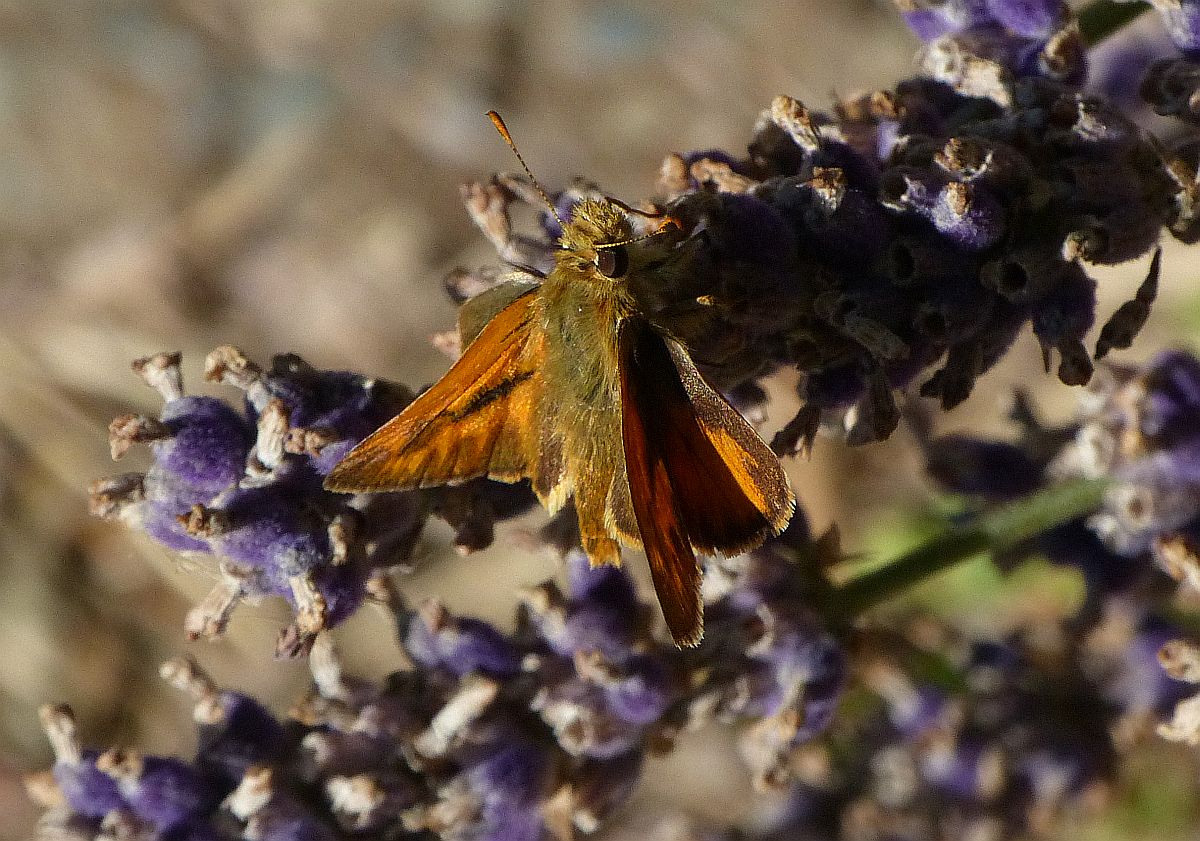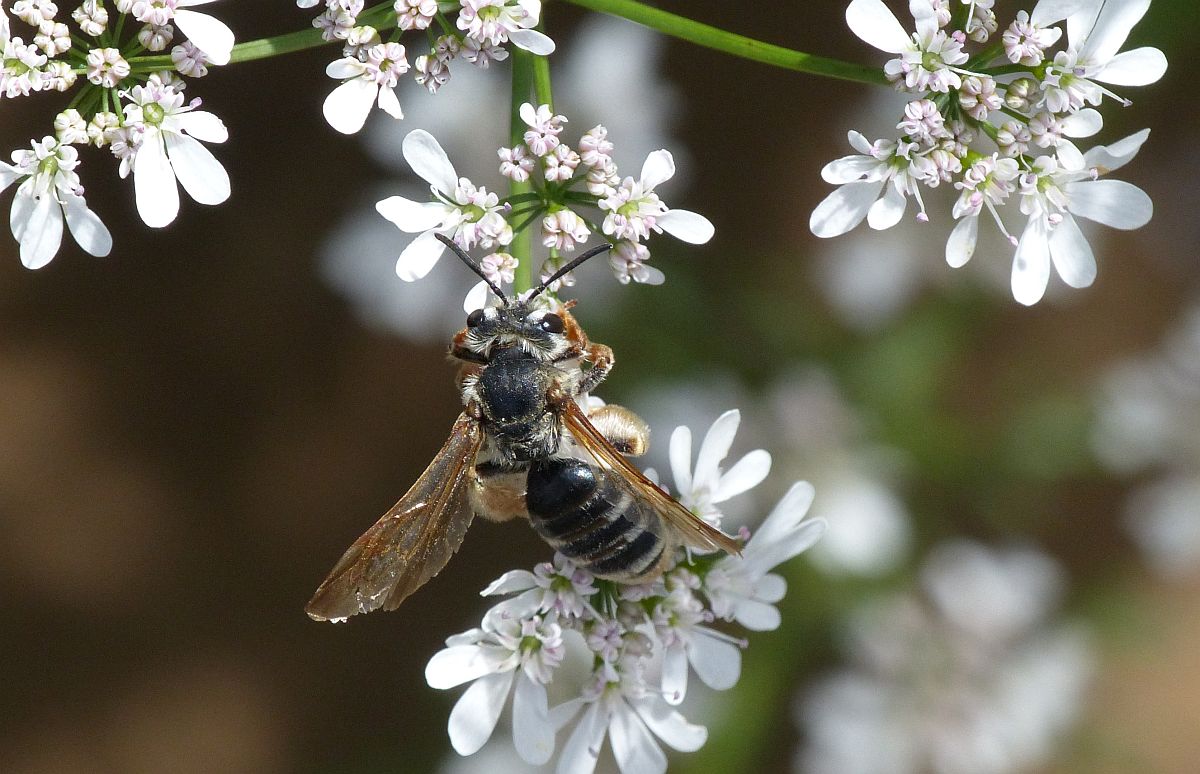2015 July 31
Monthly Butterfly Walk
Aziza Cooper writes:
Hello, butterfly watchers,
For the August Butterfly Walk I’d like to suggest that we meet at the top of Mount Tolmie at noon instead of 1pm, and then go to Kinsol Trestle, near Shawnigan Lake. It’s the August long weekend, so it will be a good holiday outing and a chance of more variety in butterflies than we are likely to find in Victoria. As always, the walk is dependent on good weather and will be cancelled if the weather is cold or raining.
Jeremy Tatum’s list of butterflies sighted in past years include Hydaspe Fritilliary, Clodius Parnassian, Dun Skipper and Western Tailed Blue.
I’d like to meet at noon instead of 1pm to allow for the driving time which will be about an hour.
Here are the directions:
From Victoria: From the Trans Canada Highway turn west onto Mill Bay/Shawnigan Lake Road and go all the way into the Village of Shawnigan Lake. Turn right onto Shawnigan Lake Road and follow it until it turns into Renfrew Road. Follow Renfrew road past the end of the Lake to Gleneagles Road and turn right. There is a public parking area about 550 metres down the road on the right hand side. Park here and walk to the Trestle on the Cowichan Valley Trail which is approximately 1.2 km in distance.
Here’s a link to the website:
http://www.cvrd.bc.ca/index.aspx?NID=1379
Comments/questions: tanageraz AT yahoo.com, or phone me at 250-516-7703.
Cheers,
Aziza Cooper
Rosemary Jorna writes: This water beetle is over 3 cm in size. It was in the Phillips’
garden pond near Kemp Lake; they caught it when looking for pond life to
show tonight at the Sooke Children’s Garden Club.
Scott Gilmore identifies it for us as a female Predacious Diving Beetle of the genus Dytiscus.
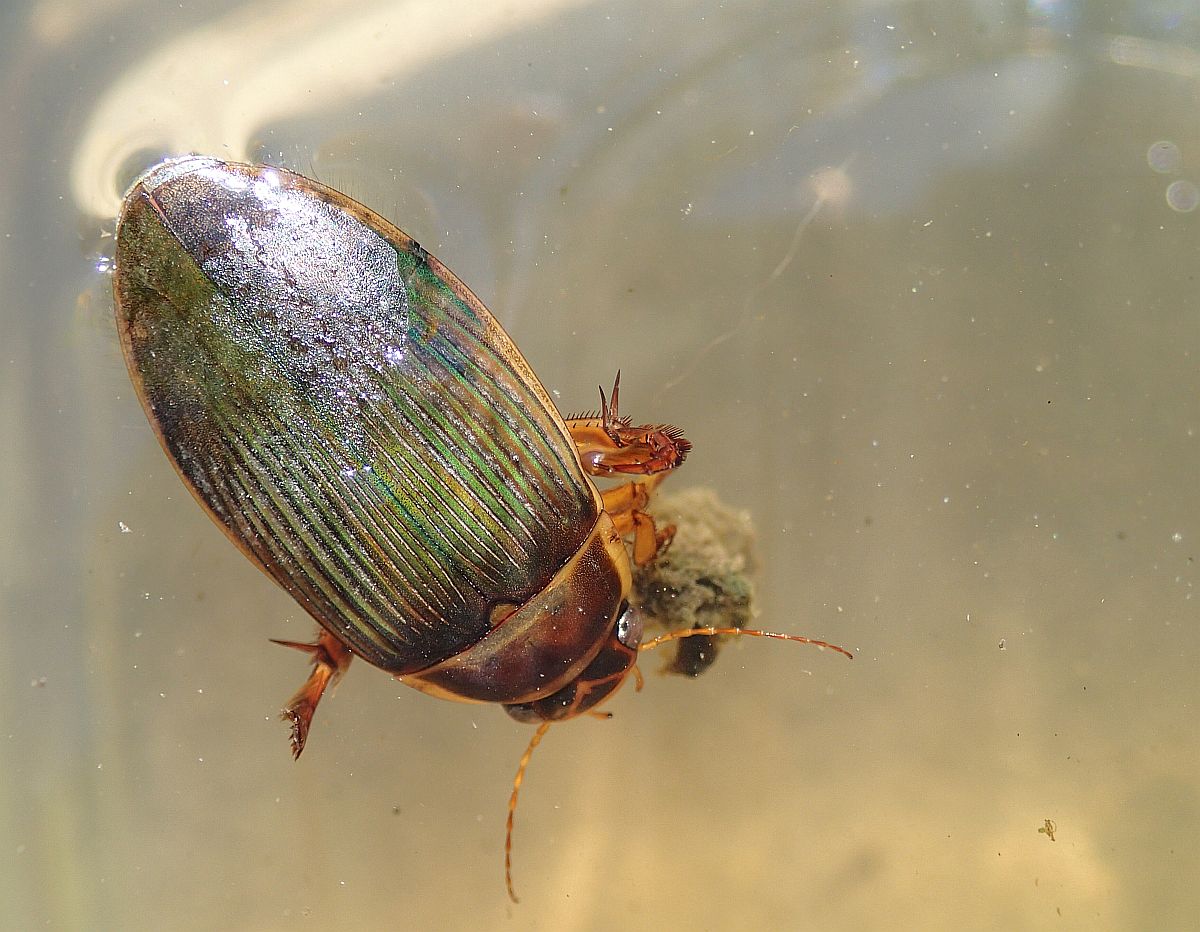
Dytiscus sp. (Col.: Dytiscidae) Rosemary Jorna
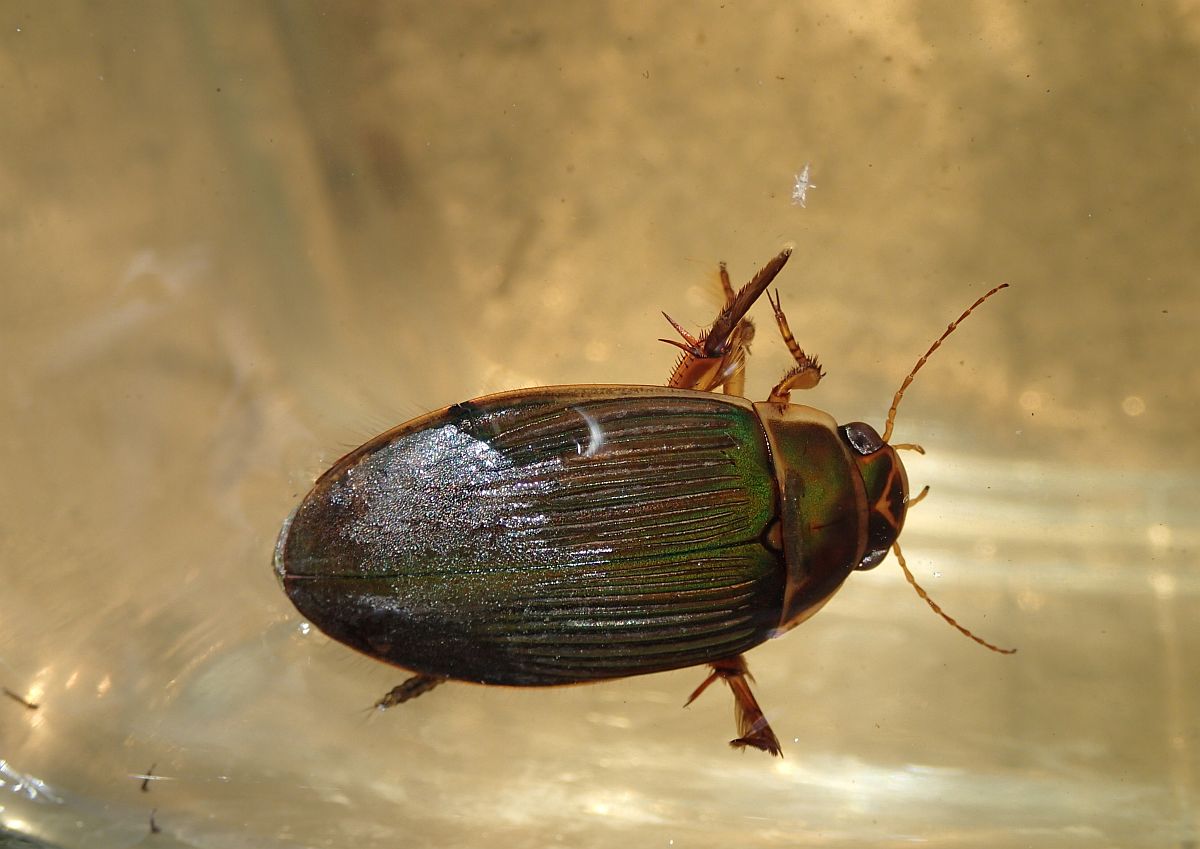
 Dytiscus
Dytiscus sp. (Col.: Dytiscidae) Rosemary Jorna
Jeremy Tatum writes: We have had some, but only a very, very few, aquatic animals on this site. There is a whole world of invertebrates out there in rivers and ponds just waiting to be watched and photographed. There will be technical difficulties to overcome, which will be a challenge to photographers, but it will be wonderful to see more of these aquatic creatures.
This site was originally intended for terrestrial invertebrates, which certainly includes pond life, though I notice that the current heading at the top of the site does not include the work “terrestrial”. We’ll have to restore that! Occasionally I have received photographs of animals that don’t come into this category, and I have reluctantly not posted them. Recently I received some excellent photographs of seashore invertebrates. This raises the question: When naturalists take photographs of things other than terrestrial invertebrates, where can they be posted so that other naturalists can enjoy them, and so that the photographer gets some appreciation for his/her work? SUGGESTIONS PLEASE.
Would anyone like, for example, to set up a website, similar to this one, but covering, for example, seashore life? It’s great fun doing it. If you are not a computer expert (as I’m not) and have no idea how to set up a website (as I haven’t) there are computer exerts around who would be happy to set up a site, so that all you have to do is to receive photographs as they are sent in, and paste it into the website, which is routine after you have been shown how to do it and have done it once or twice. Please let us hear some suggestions, and perhaps even volunteer to run a seashore website. We have some seashore photos from contributors right now, and we don’t want them just to disappear!
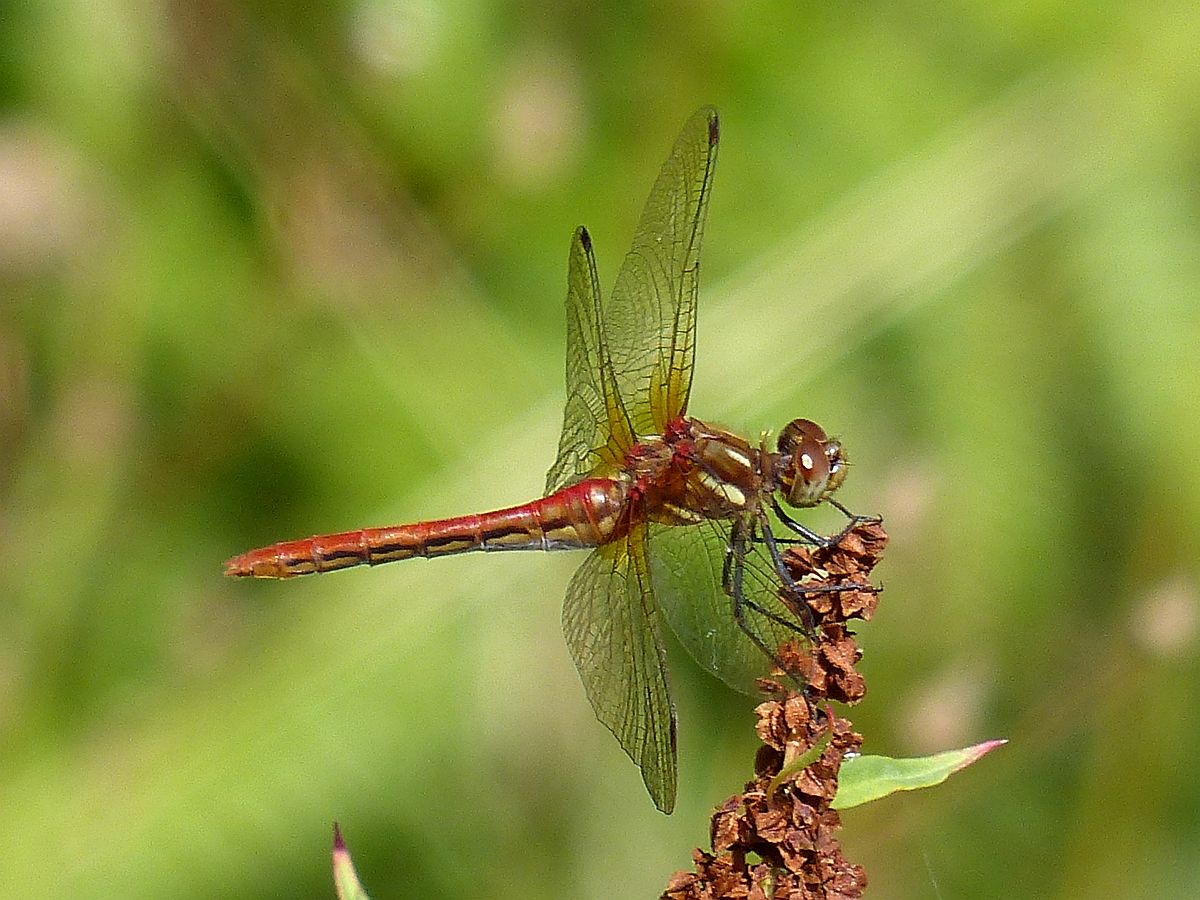
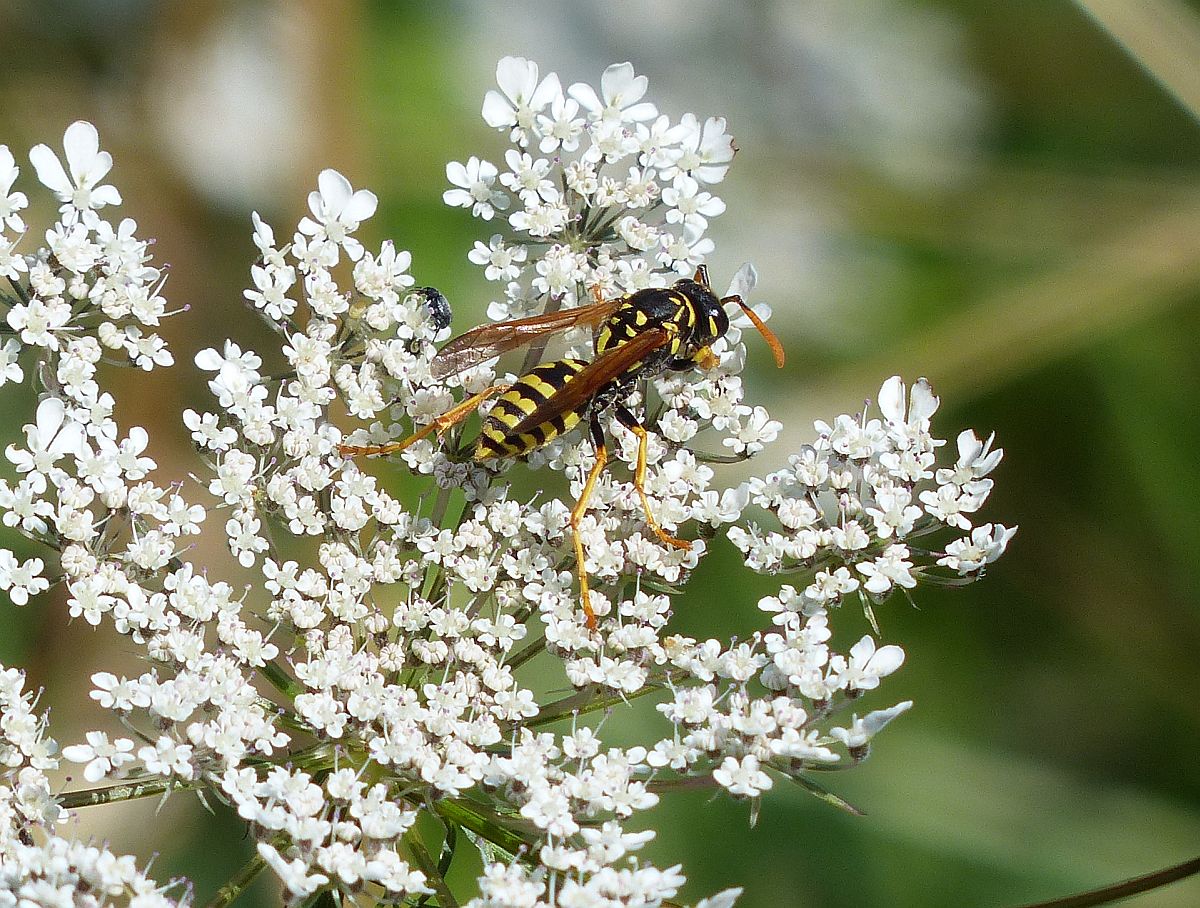
![_P8011891[1].jpg](https://www.vicnhs.bc.ca/wp-content/uploads/2015/08/image55bedcc1d7087.jpeg)
![P8011891[1].jpg](https://www.vicnhs.bc.ca/wp-content/uploads/2015/08/image55bedcc1d6fd3.jpeg)
![P8011891[1].jpg](https://www.vicnhs.bc.ca/wp-content/uploads/2015/08/image55bedcc1d702e.jpeg)
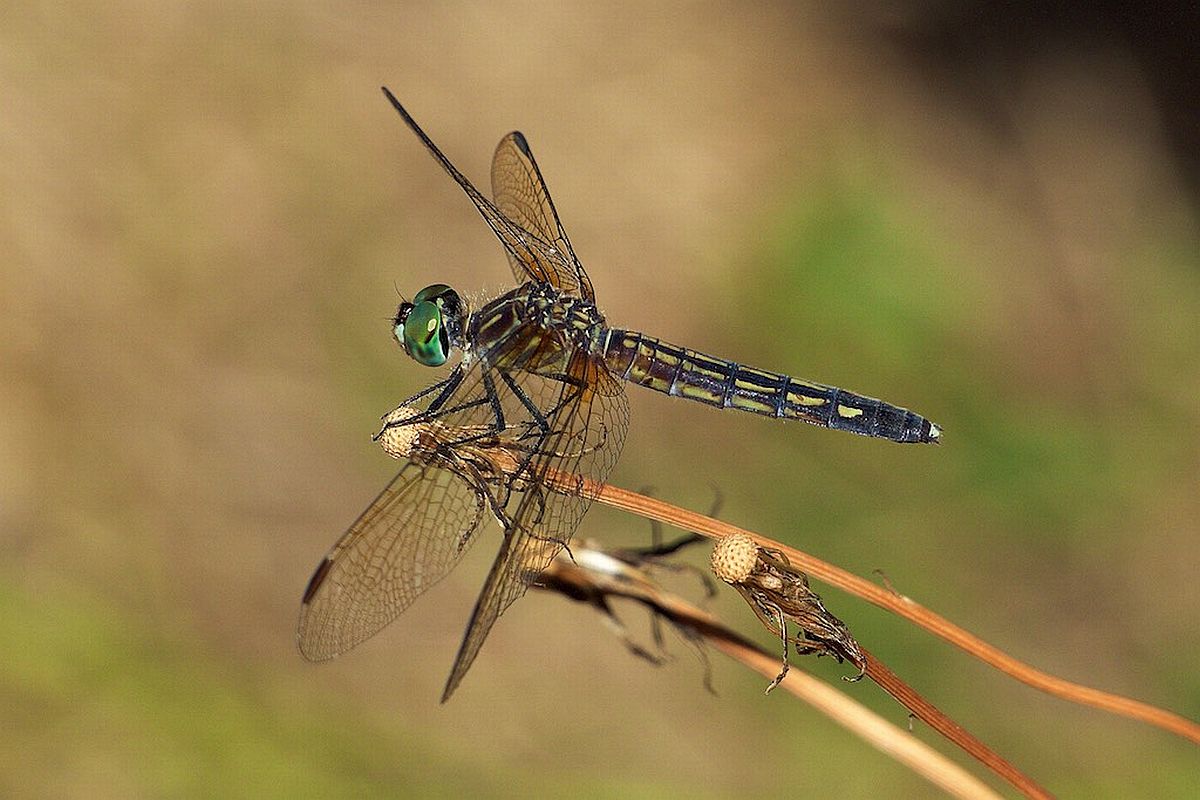
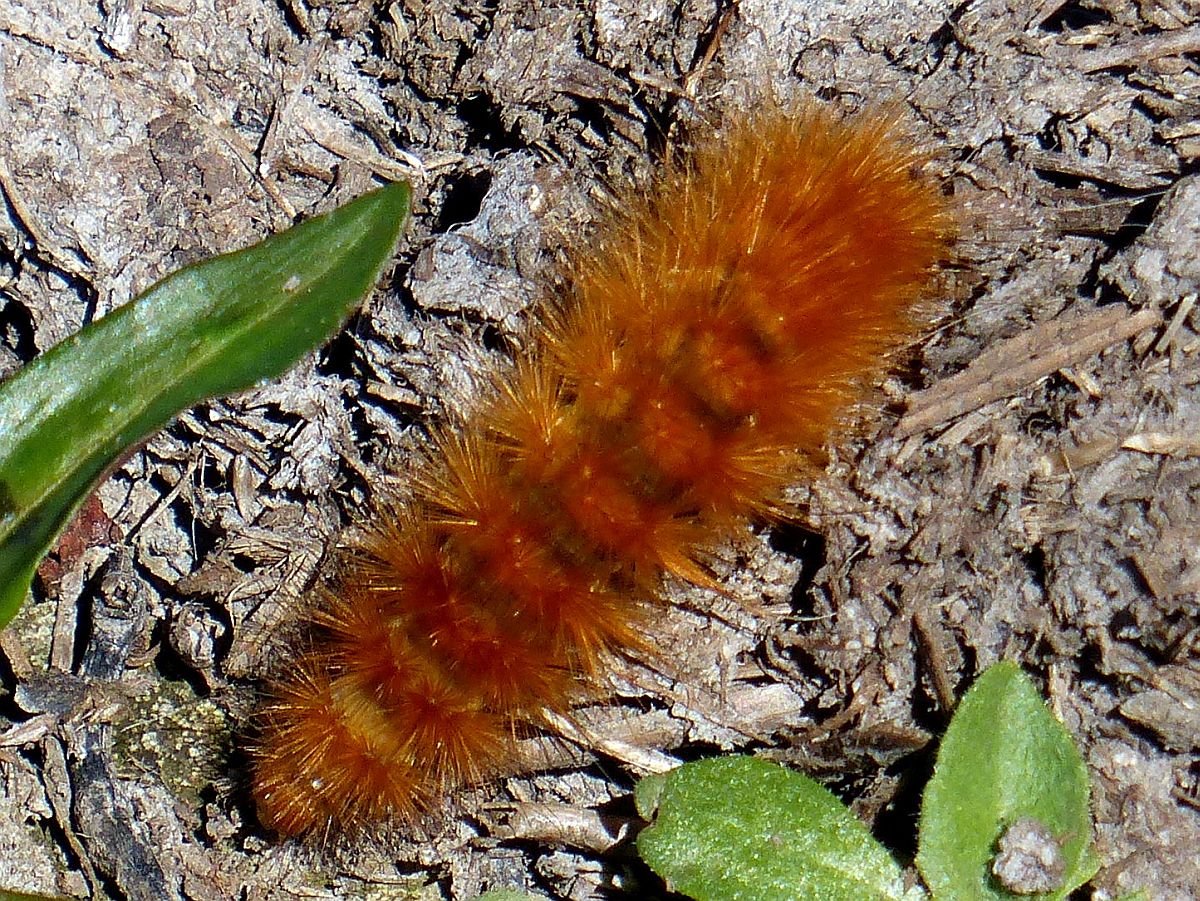
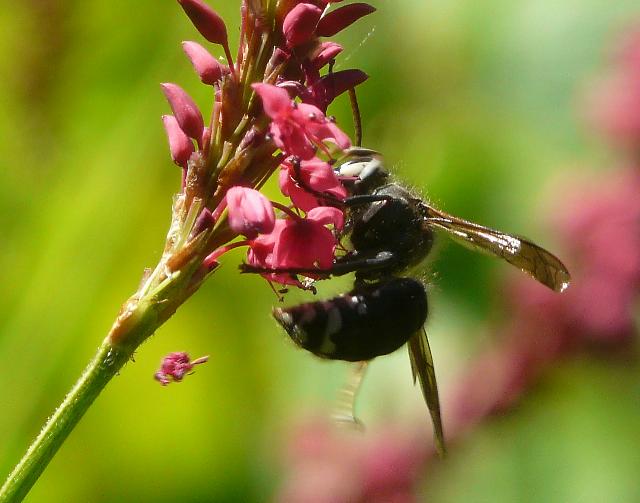
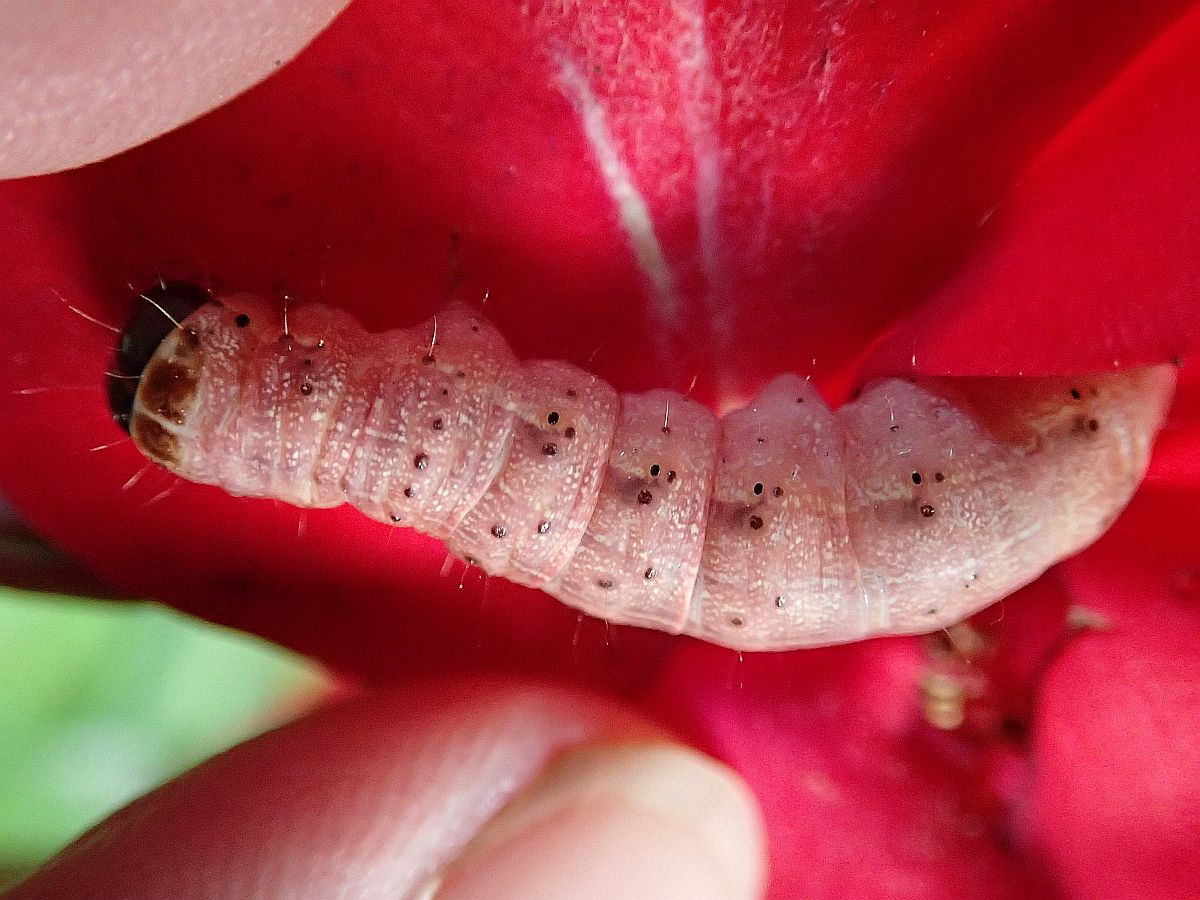

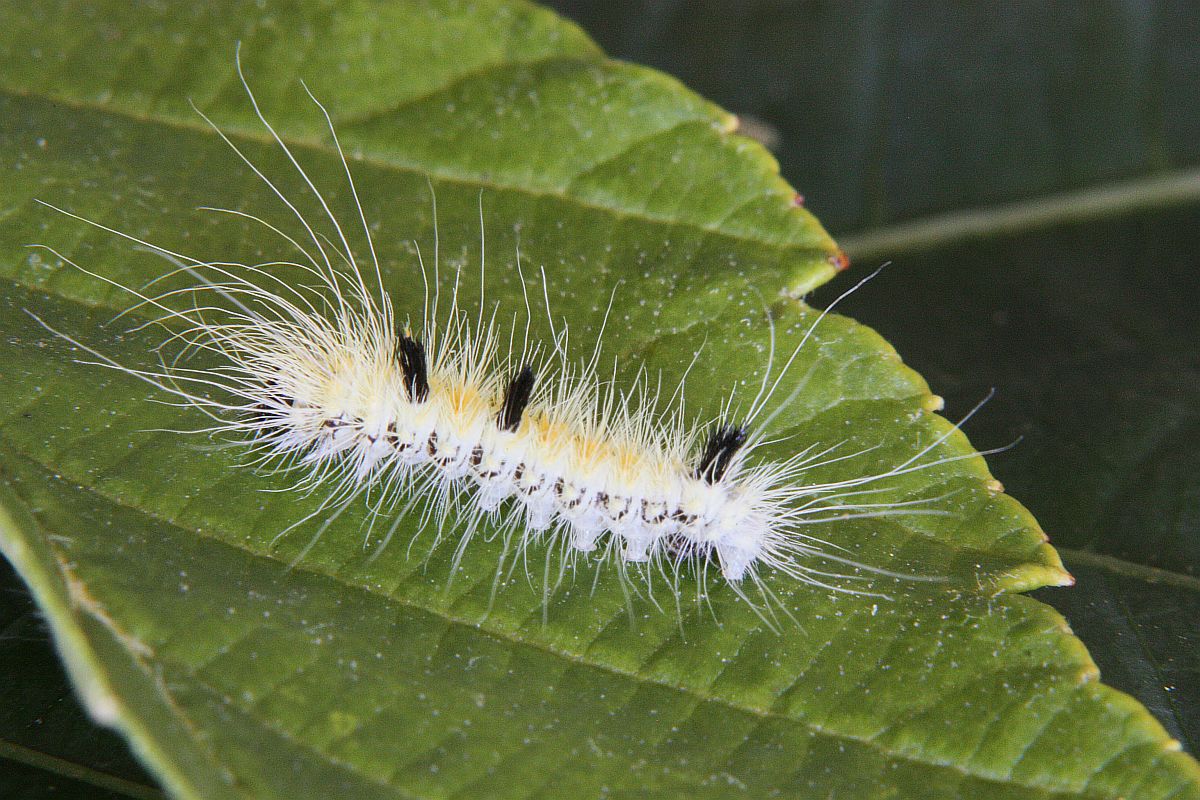
 Acronycta dactylina (Lep.: Noctuidae) Jeremy Tatum
Acronycta dactylina (Lep.: Noctuidae) Jeremy Tatum

 Dytiscus sp. (Col.: Dytiscidae) Rosemary Jorna
Dytiscus sp. (Col.: Dytiscidae) Rosemary Jorna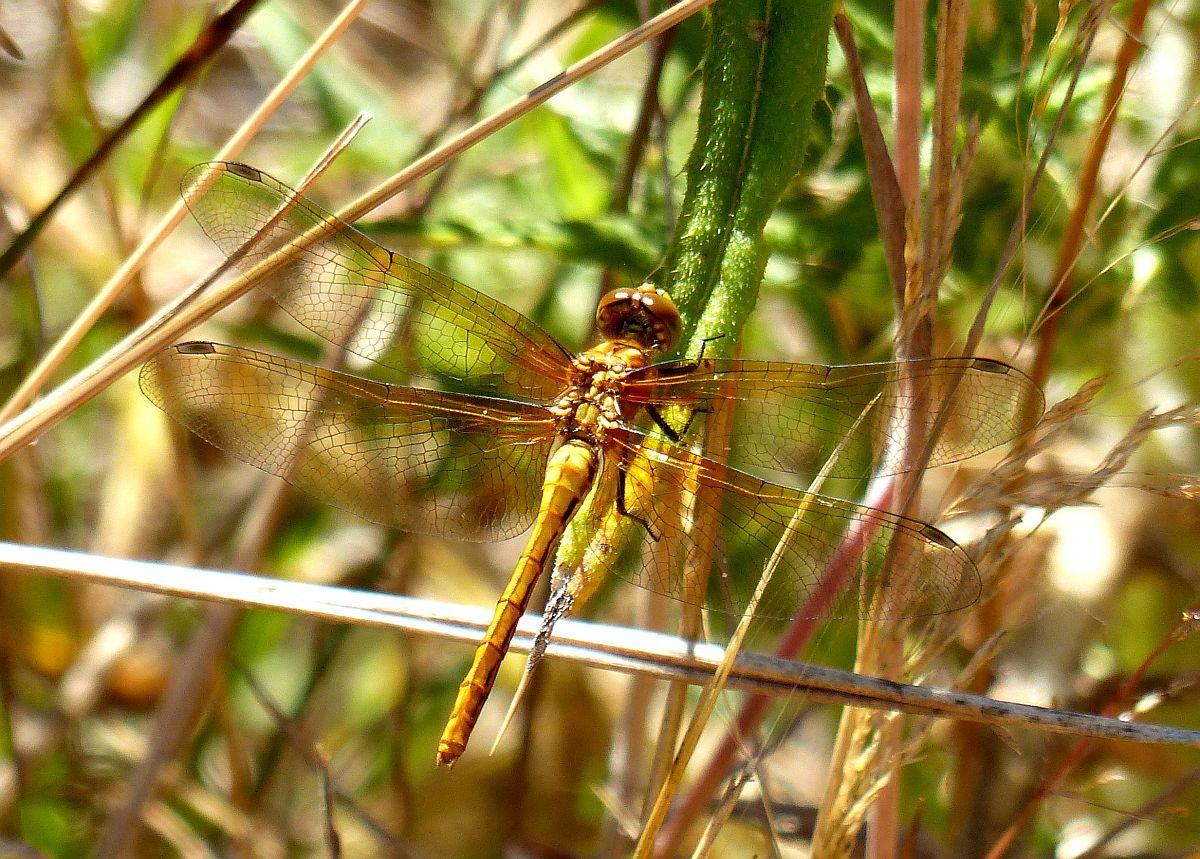
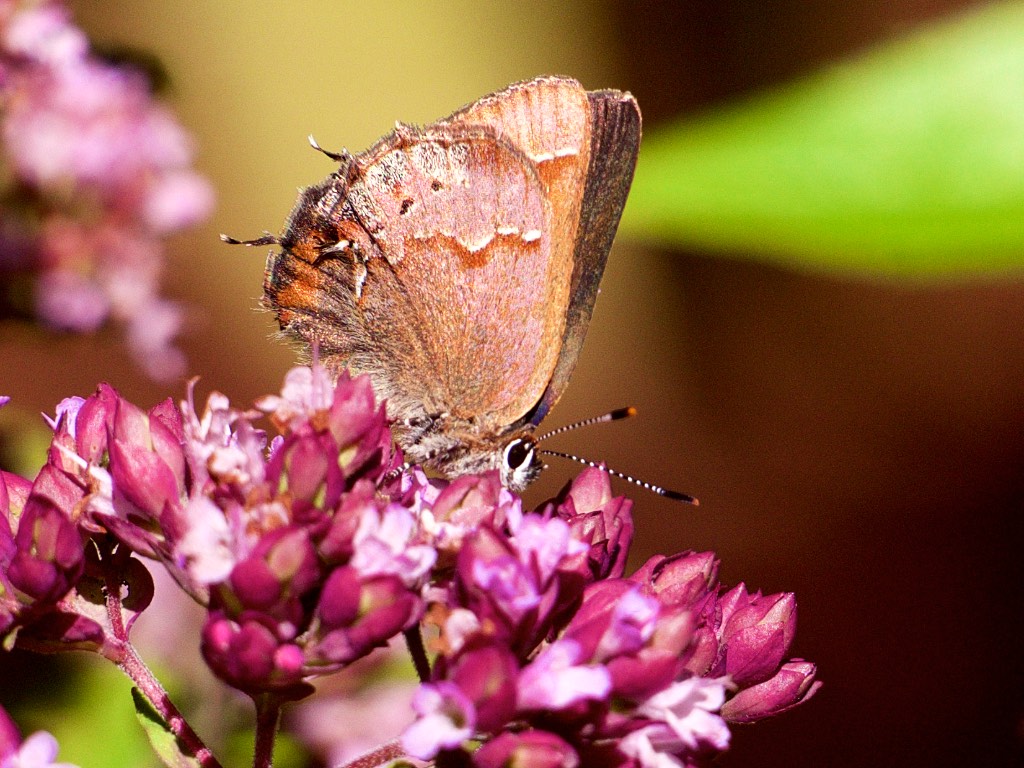
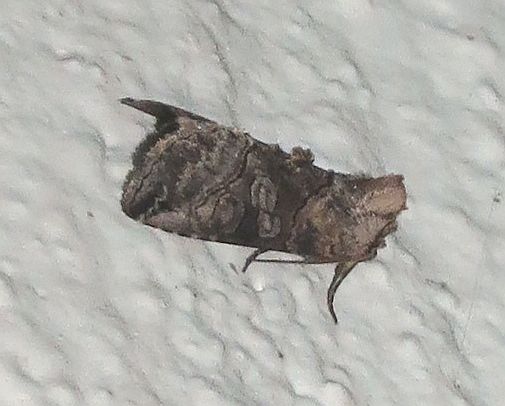
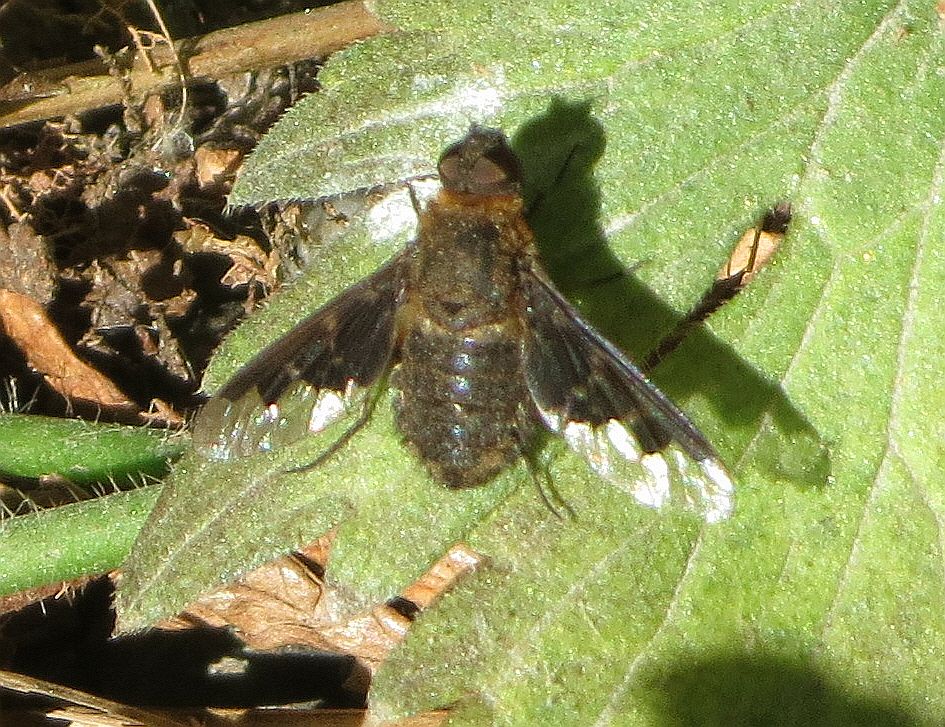
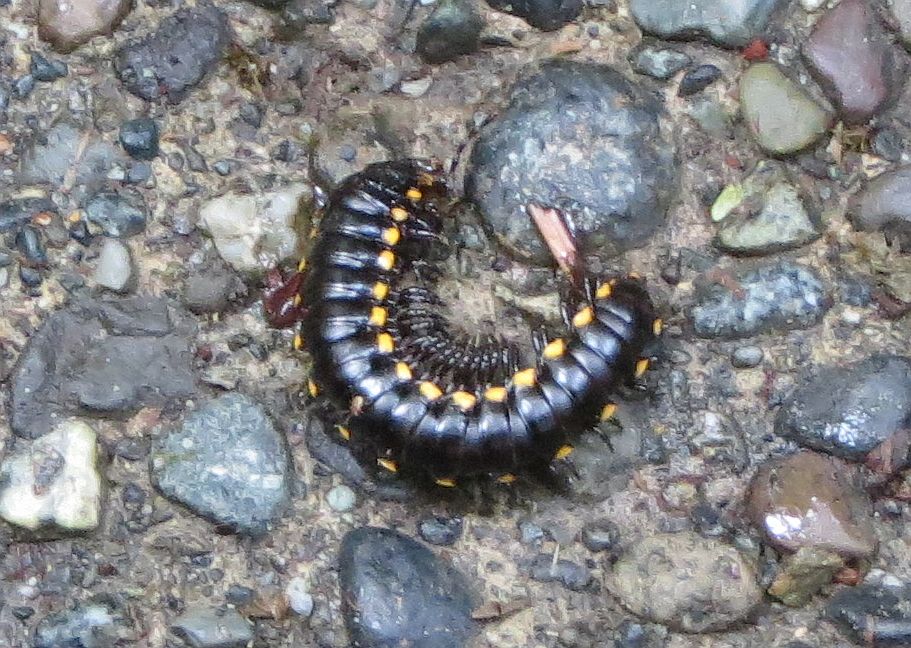
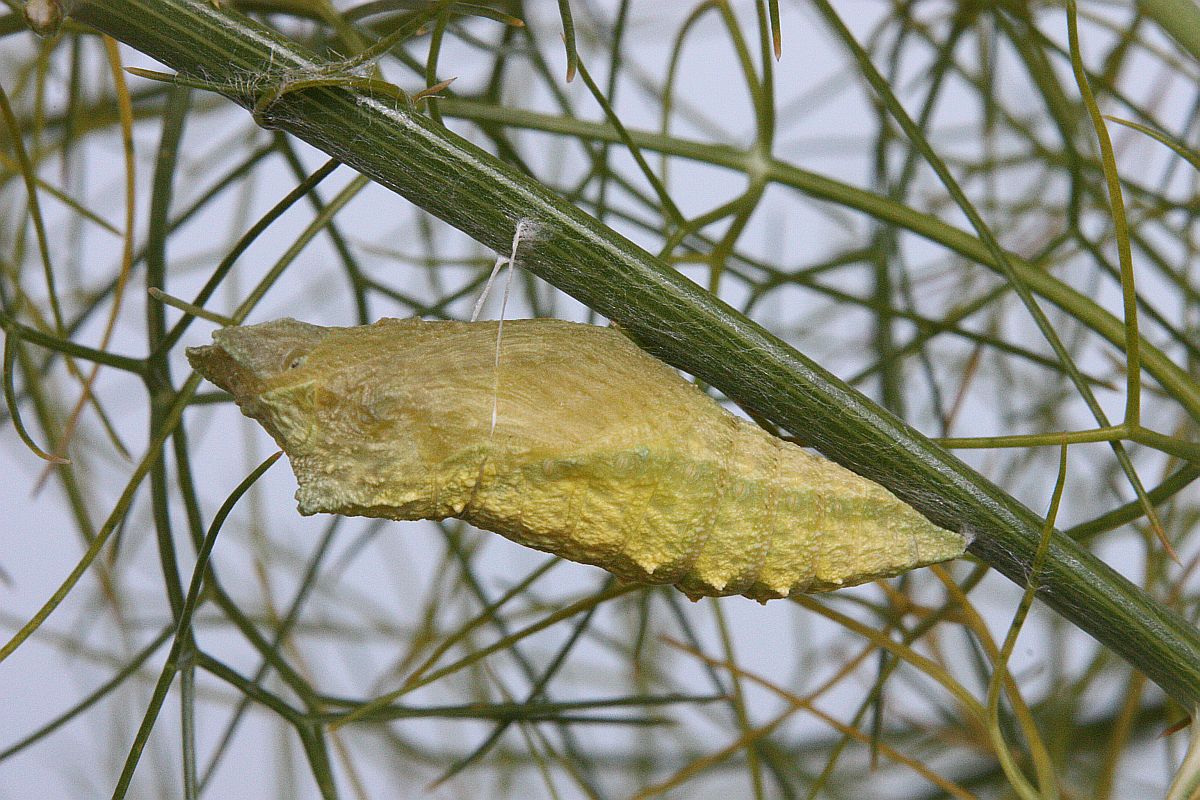
 Anise Swallowtail Papilio zelicaon (Lep.: Papilionidae) Jeremy Tatum
Anise Swallowtail Papilio zelicaon (Lep.: Papilionidae) Jeremy Tatum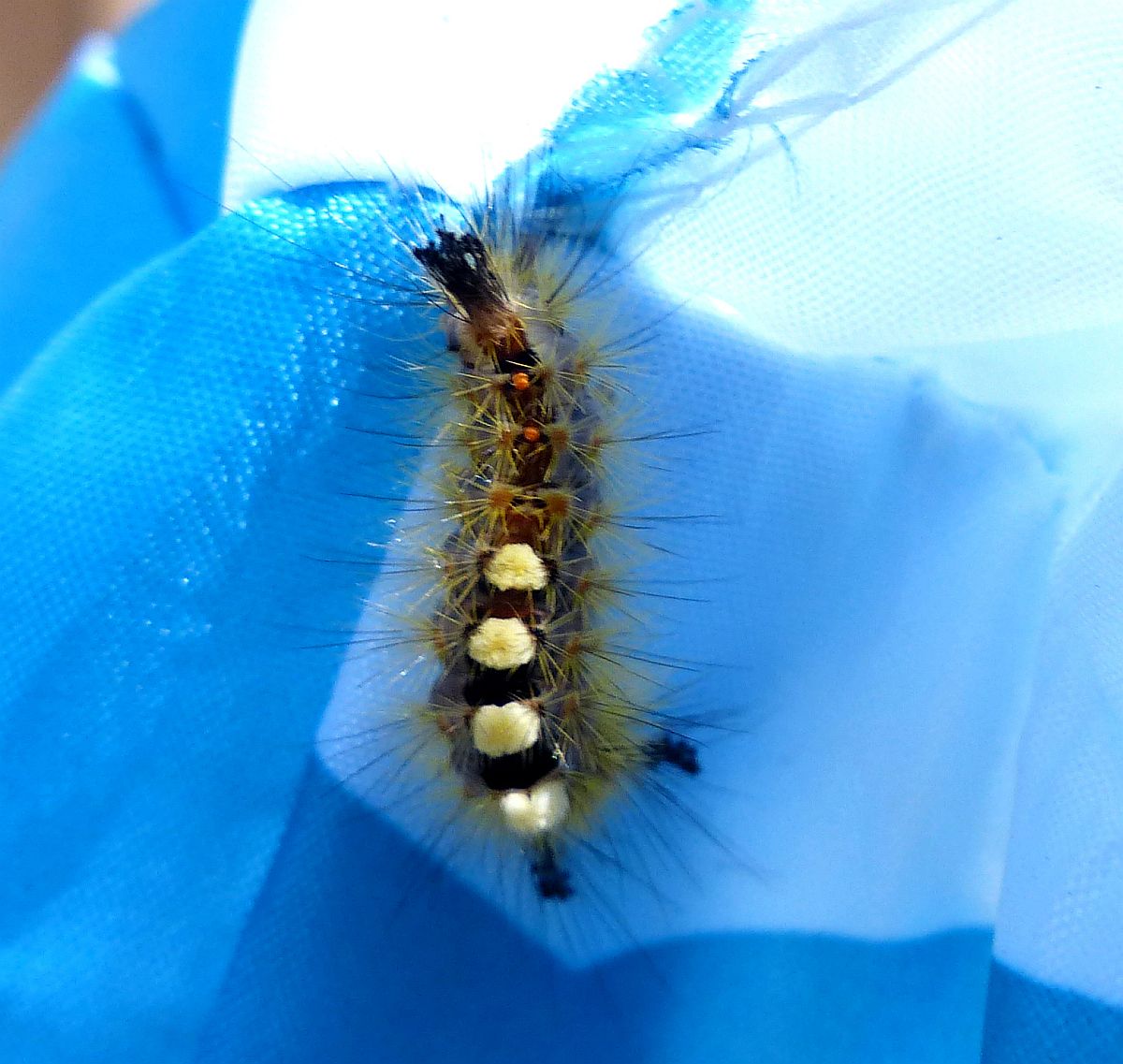
 Vapourer Moth Orgyia antiqua (Lep.: Erebidae – Lymantriinae) Aziza Cooper
Vapourer Moth Orgyia antiqua (Lep.: Erebidae – Lymantriinae) Aziza Cooper 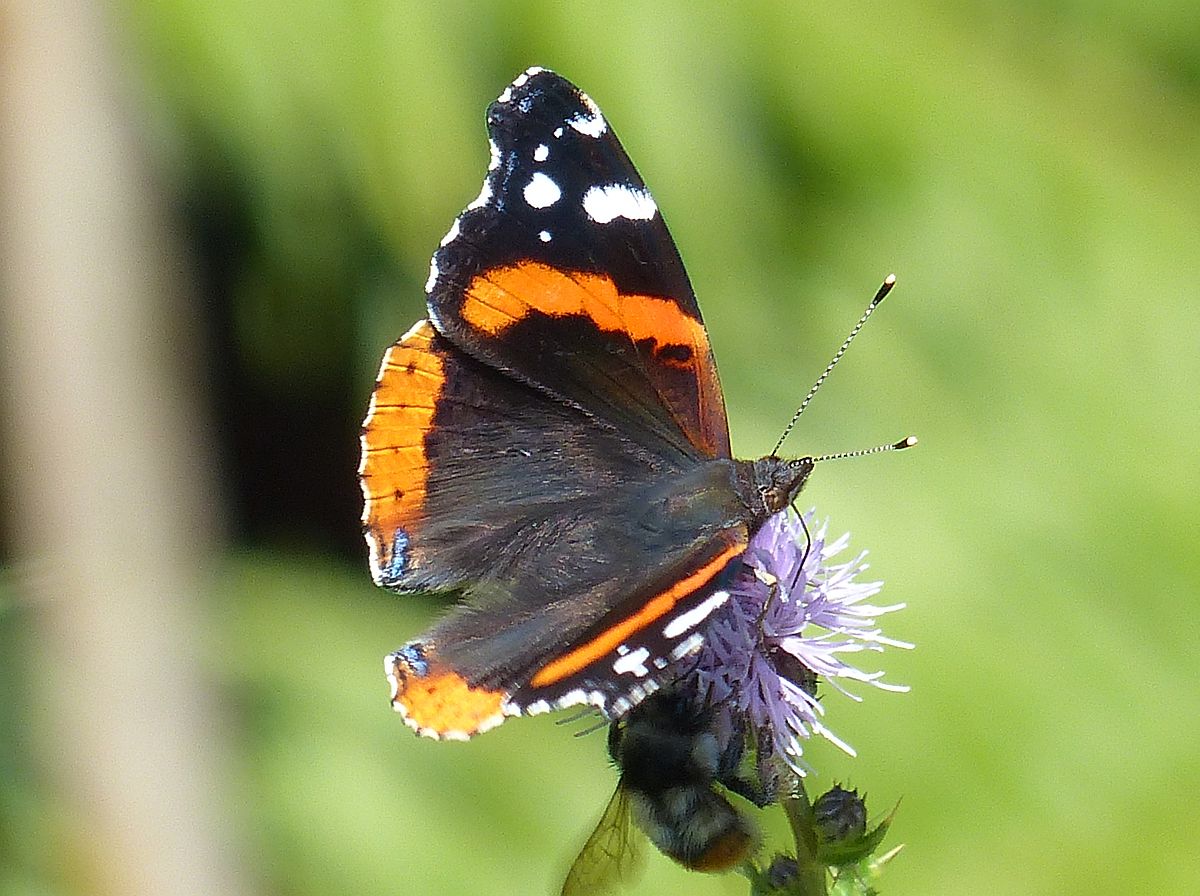
 Red Admiral Vanessa atalanta (Lep.: Nymphalidae) Aziza Cooper
Red Admiral Vanessa atalanta (Lep.: Nymphalidae) Aziza Cooper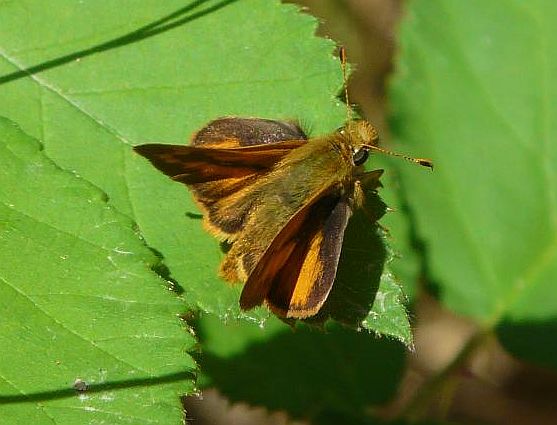
 Woodland Skipper Ochlodes sylvanoides (Lep.: Hesperiidae) Annie Pang
Woodland Skipper Ochlodes sylvanoides (Lep.: Hesperiidae) Annie Pang